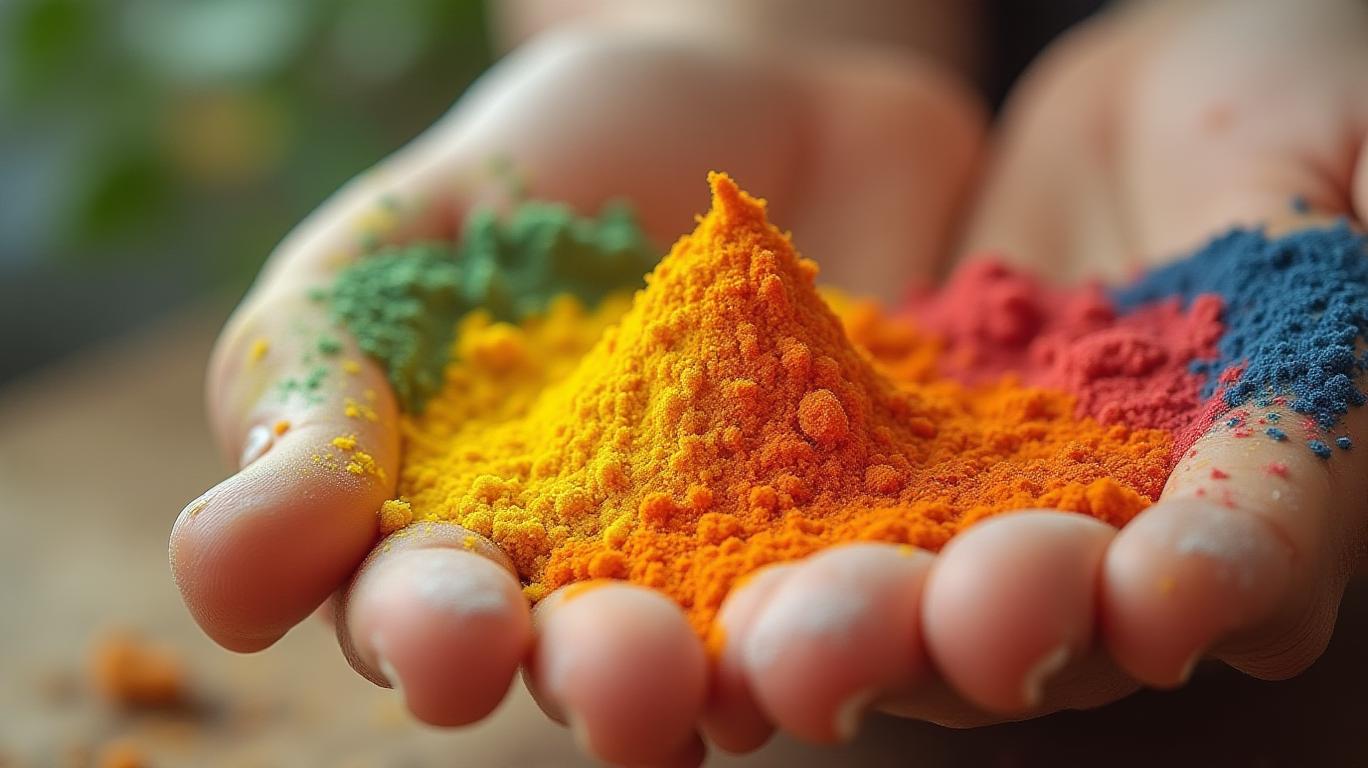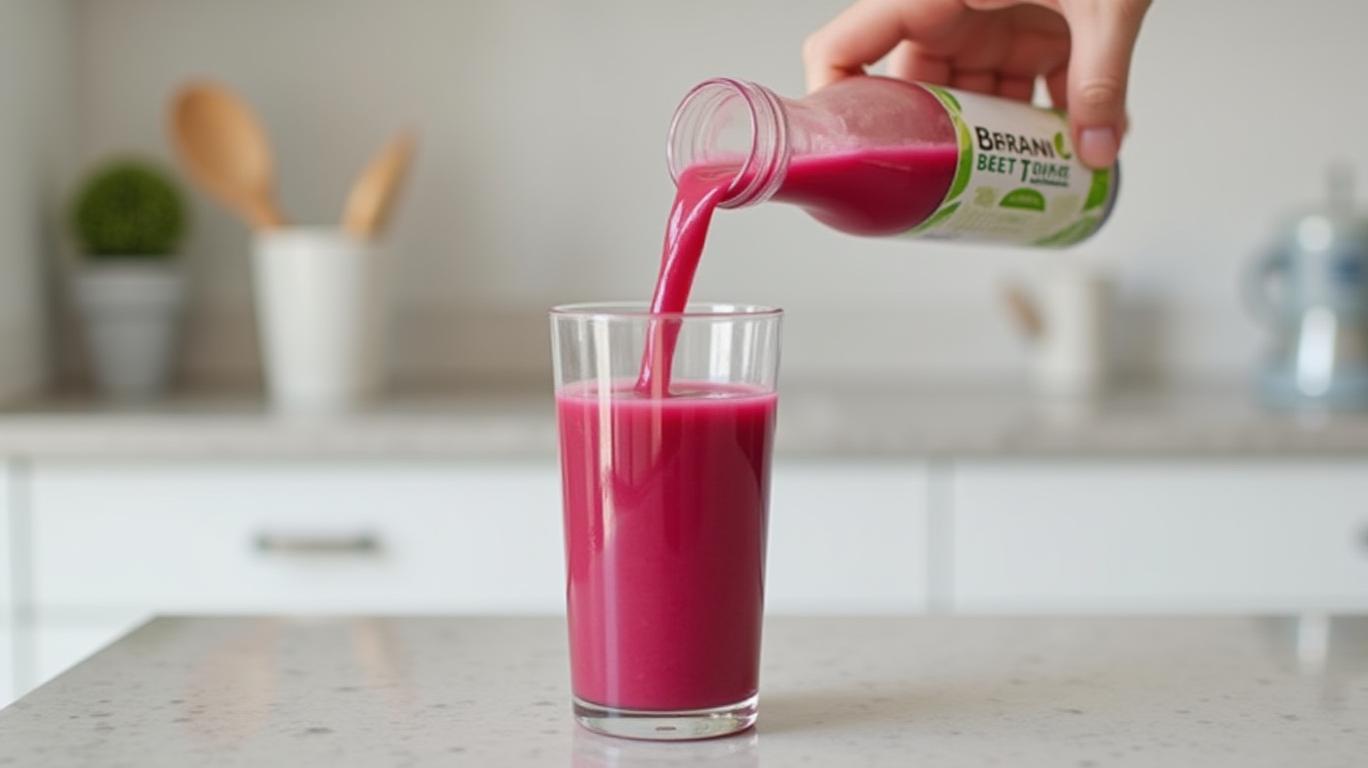Food Industry Faces 2026 Deadline to Replace Artificial Dyes with Natural Alternatives
Robert F. Kennedy Jr., the Health Secretary, has launched a major initiative to phase out petroleum-based artificial food dyes by the end of 2026. This decision is motivated by concerns over the potential health risks associated with these synthetic compounds, prompting the food industry to seek alternative methods for achieving vibrant colors, such as the iconic "Barbie pink."
One of the most promising alternatives is the cochineal insect, a small bug native to Peru. These insects produce a natural red dye known as carmine, which has been used for centuries in various applications, including food coloring. The cochineal insect's ability to produce a rich, stable red color makes it an attractive option for the food industry as it seeks to comply with the new regulations.
The transition to natural dyes, however, presents several challenges. The production of natural dyes is often more complex and costly than synthetic alternatives. Additionally, the supply chain for natural dyes may not be as robust as that for synthetic dyes, which could lead to shortages or price fluctuations. Despite these challenges, the industry is actively exploring ways to overcome these obstacles and meet the new regulatory requirements.
This push to eliminate petroleum-based artificial food dyes is part of a broader trend towards natural and sustainable ingredients in the food industry. Consumers are increasingly demanding products that are free from artificial additives and are produced in an environmentally friendly manner. The industry's response to this trend is likely to have a significant impact on the market for natural dyes and other sustainable ingredients.
The cochineal insect is not the only natural source of color being explored by the industry. Other alternatives, such as beet powder and turmeric, are also being considered for their potential to produce a range of vibrant hues. The industry is actively researching and developing new technologies to extract and stabilize these natural colors, ensuring that they meet the same standards of quality and consistency as synthetic dyes.
The transition to natural dyes is expected to have a significant impact on the food industry, from the way products are manufactured to the way they are marketed. Companies will need to invest in new technologies and supply chains to produce natural dyes, and consumers will need to be educated about the benefits of natural colors. However, the long-term benefits of this transition, including improved health outcomes and a more sustainable food system, are likely to outweigh the short-term challenges.











